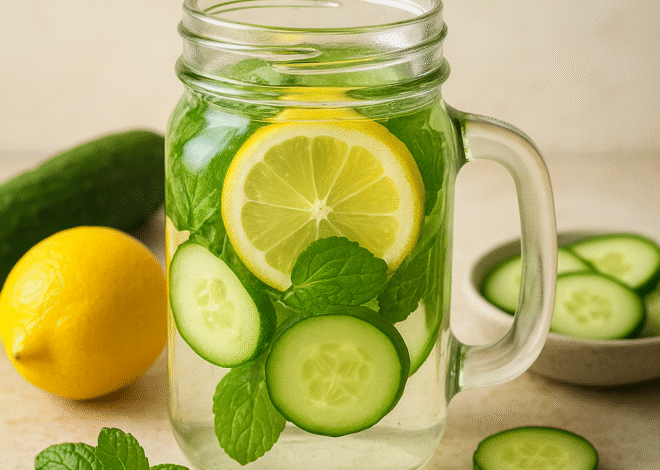
Fuel and Fitness: How to Balance Food and Physical Activity!

Fuel and Fitness: How to Balance Food and Physical Activity
In our increasingly busy lives, finding a balance between nutrition and physical activity is crucial for maintaining optimal health. The relationship between what we eat and how we exercise can significantly influence our overall well-being, energy levels, and fitness goals. Understanding how to fuel your body effectively is the key to achieving a healthy lifestyle that promotes fitness, energy, and vitality.
Understanding Your Body’s Needs
The nutritional requirements of each individual vary depending on factors such as age, gender, body composition, and level of physical activity. To effectively balance food and physical activity, it is essential to understand these needs and how they influence your dietary choices.
- Energy Expenditure: Get moving and watch those calories fly! . To maintain your weight, you must consume roughly the same amount of calories as you expend. If your goal is to lose weight, a calorie deficit (burning more calories than you consume) is necessary. Conversely, if you aim to gain muscle or weight, a calorie surplus (consuming more calories than you burn) is essential.
- Nutrient Requirements: Regular exercise can increase the need for certain nutrients, such as carbohydrates, proteins, fats, vitamins, and minerals. Understanding these needs will help you choose the right foods to support your activity levels.
The Role of Macronutrients
A balanced diet is like a superhero team of nutrients: carbohydrates, proteins, and fats. Each plays a critical role in fueling your body and supporting fitness activities.
Carbohydrates: Your Body’s Primary Fuel Source
Carbohydrates are the body’s main energy source, particularly during high-intensity workouts. They are broken down into glucose, which powers your muscles and brain like a little energy bunny.
- Sources of Carbohydrates: Include whole grains (brown rice, oats, quinoa), fruits (bananas, berries), vegetables (sweet potatoes, carrots), and legumes (beans, lentils) in your diet.
- When to Eat: Aim to consume a carbohydrate-rich meal or snack before your workout to maximize your energy levels. Post-exercise, carbs help replenish glycogen stores, aiding recovery.
Proteins: Essential for Repair and Growth
Protein is crucial for repairing and building muscle tissues, making it vital for anyone engaged in regular physical activity.
- Sources of Protein: Lean meats (chicken, turkey), fish, dairy products (yogurt, cottage cheese), plant-based proteins (tofu, tempeh, legumes), and nuts and seeds.
- Timing: Incorporate protein in your meals throughout the day and particularly post-exercise to support muscle recovery and growth.
Fats: A Secondary Energy Source
Healthy fats are essential for hormone production, cell health, and providing energy during prolonged low-intensity exercise.
- Sources of Healthy Fats: Avocados, nuts, seeds, olive oil, and fatty fish (salmon, mackerel).
- Balance: While fats are an important part of your diet, they should be consumed in moderation, especially if you are watching your calorie intake.
Hydration: The Often-Overlooked Element
Staying hydrated is crucial for maintaining energy levels, aiding digestion, and ensuring your body functions optimally during physical activity. Dehydration can turn you into a zombie, affecting your energy levels and performance.
- Water Needs: The general recommendation is to drink at least 8 cups (2 liters) of water daily, but your needs may increase based on your activity level, climate, and individual health.
- Hydration Tips: Carry a water bottle, drink water before, during, and after exercise, and consume hydrating foods like fruits and vegetables.
Timing Your Meals and Snacks
Finding the right timing for your meals and snacks can enhance performance and recovery. Here’s a simple guideline:
- Pre-Workout: Eat a balanced meal containing carbohydrates and protein 2-3 hours before your workout. If you’re short on time, a small snack 30-60 minutes prior can also be effective.
- Post-Workout: Aim to consume a mix of protein and carbohydrates within 30 minutes to 2 hours after exercising. This timing helps maximize recovery.
- Throughout the Day: Distribute your meals evenly throughout the day to maintain energy levels. Opt for smaller, nutrient-dense snacks like nuts, yogurt, or fruit between meals.
Listening to Your Body
An important aspect of balancing food and physical activity is learning to listen to your body’s hunger and fullness cues. Mindful eating involves paying attention to how your body feels before, during, and after meals, helping you make informed decisions about what and when to eat.
- Hunger Cues: Learn to differentiate between true hunger and cravings. Cravings are often triggered by emotions or environmental cues rather than actual physical need.
- Fullness Signals: Stop eating when you feel comfortably full, not stuffed. This practice helps prevent overeating and supports healthy digestion.
Adapting to Your Fitness Goals
Your dietary needs may change depending on your fitness goals—whether you’re aiming to lose weight, gain muscle, or improve endurance.
- For Weight Loss: Focus on creating a calorie deficit while prioritizing nutrient-dense foods. Include more vegetables, lean proteins, and whole grains in your meals.
- For Muscle Gain: Emphasize protein intake and ensure you’re in a slight calorie surplus. Strength training will also help stimulate muscle growth.
- For Endurance: Carbohydrates should be your primary focus, ensuring you have enough energy for prolonged exercise.
Conclusion
Balancing food and physical activity is a dynamic process that requires attention to your body’s signals, understanding your nutritional needs, and planning accordingly. By focusing on nutrient-dense foods, timing your meals effectively, staying hydrated, and listening to your body, you can create a harmonious relationship between fuel and fitness. This balance will not only enhance your physical performance but also contribute to your overall health and well-being. Whether you’re a casual exerciser or an avid athlete, mastering the art of fueling your body will empower you to achieve your fitness goals and enjoy a vibrant, energetic life.











